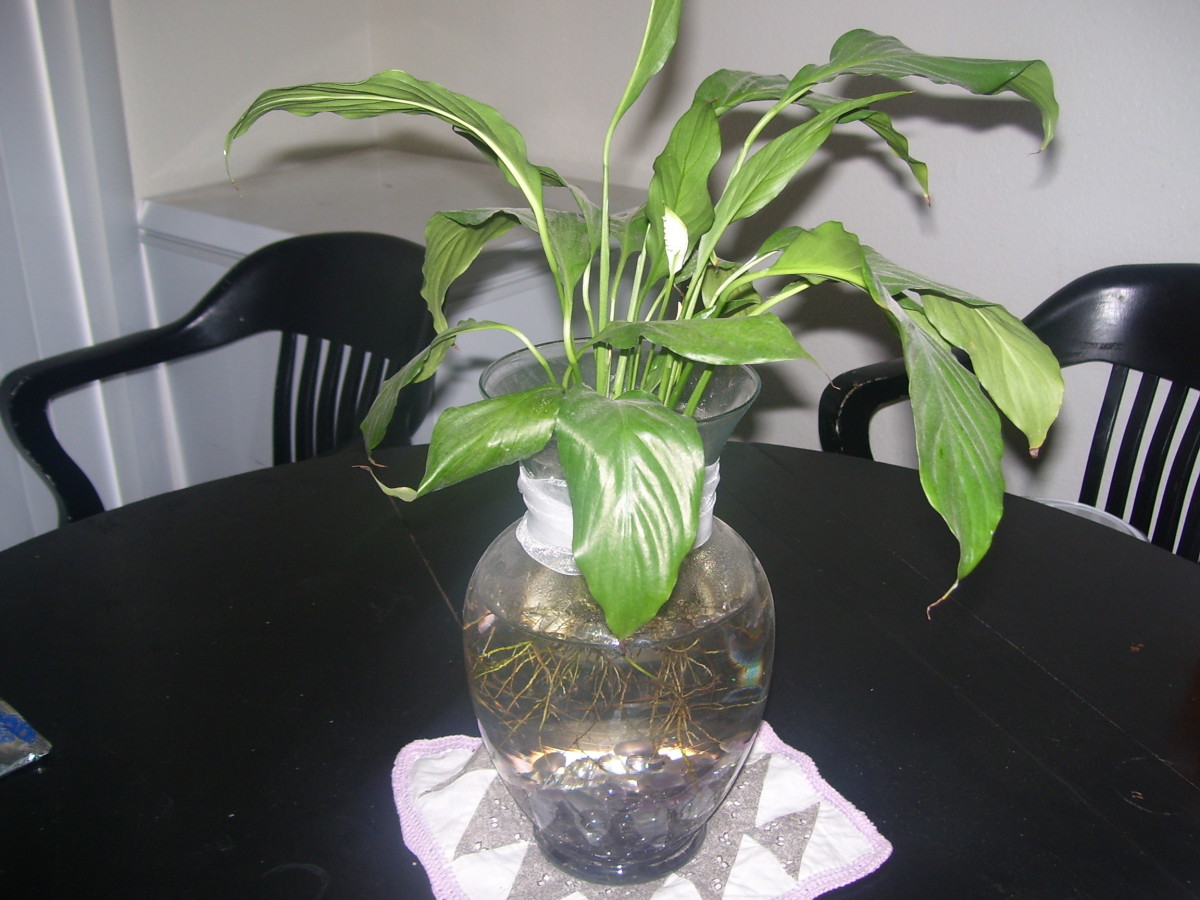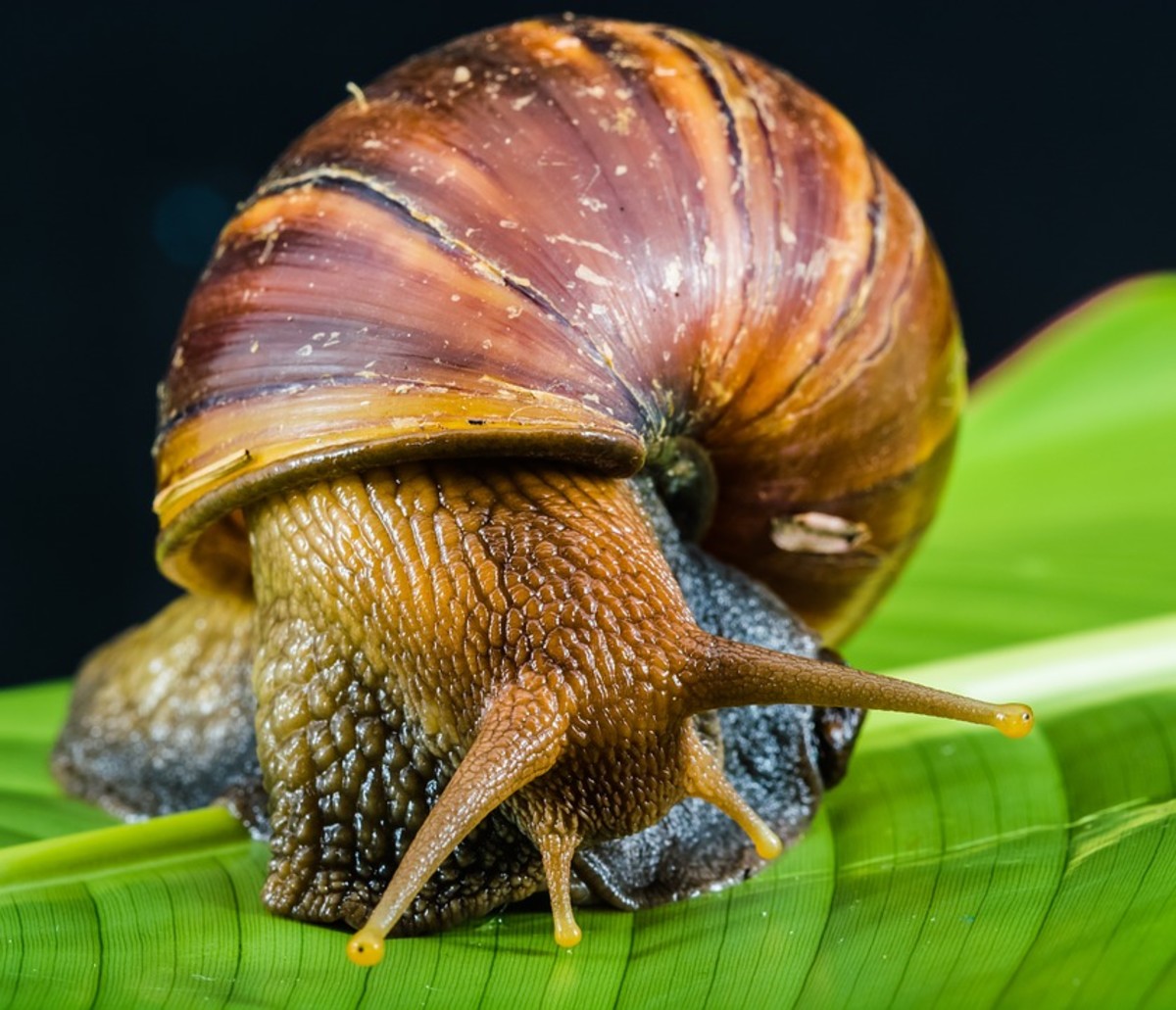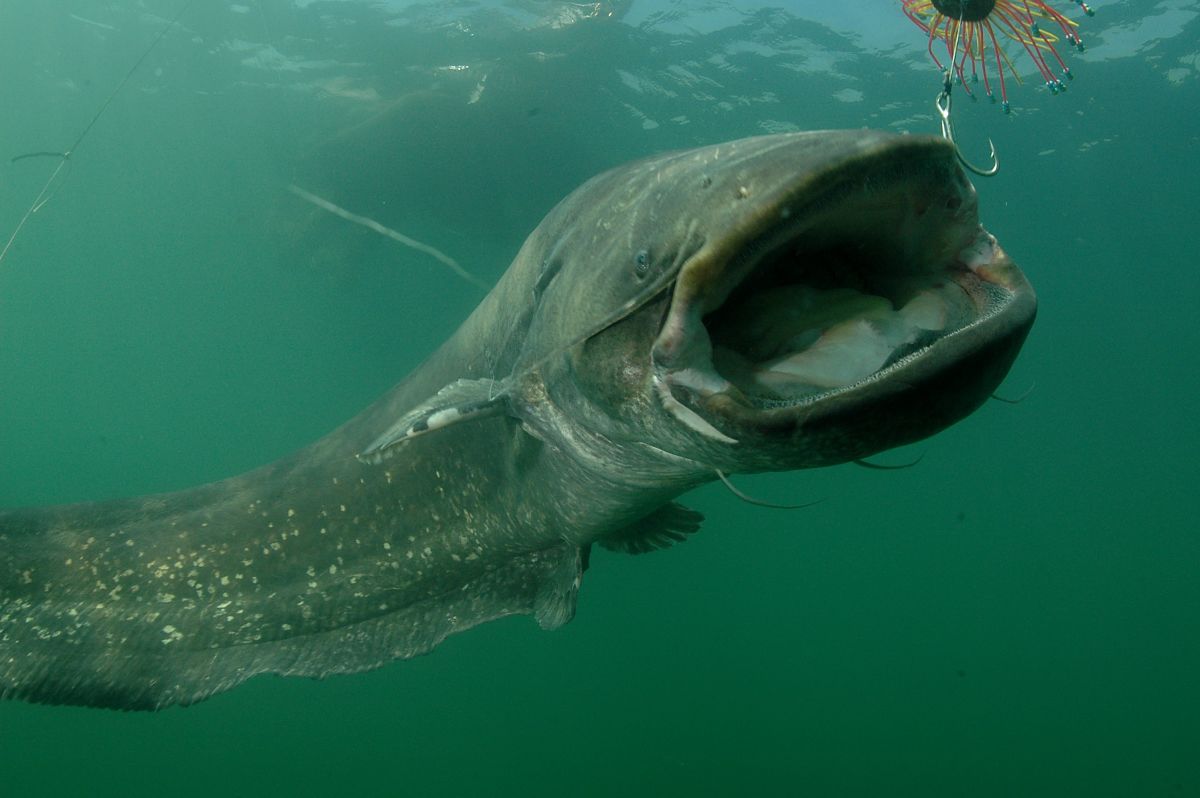Lake Malawi Cichlids 4, Aquarium Decoration - Substrate, Sand and Rocks
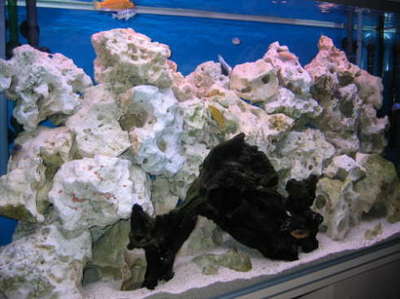
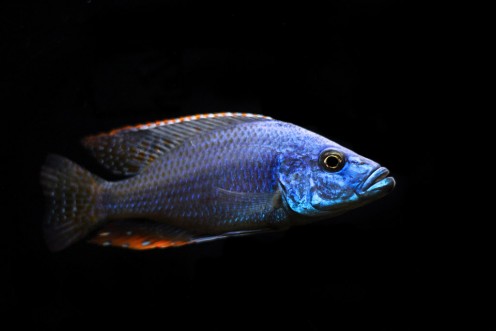
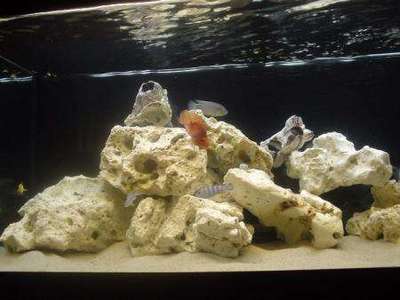
The Right Substrate
The bottom of Lake Malawi consists of fine sand and rocks, with some sparse vegetation. So the best substrate for your aquarium will be sand. A mixture of sand and fine gravel is acceptable, but overly course gravel must not be used. Lake Malawi cichlids often consume sand with their food, so sand is sometimes found in their stomachs, which helps with their digestive system. They also often chew vigorously on sand after they have eaten. Normal well washed river sand is ideal for lake Malawi/African Cichlid tanks, and both sand and gravel in a variety of grain sizes and colours is readily available.
Whatever you decide to use, it must be washed thoroughly in fresh water before use. Some of these washes should be in hot water to kill and unwanted bacteria.
How to wash your chosen substrate – Simply half fill a bucket with sand, add water, and agitate the mixture, then pour the water away. When you wash the sand, the water will become cloudy. It will become less cloudy every time you wash it and it has been washed well when the water no longer becomes cloudy.
When placing rocks and stones into your aquarium you must bear in mind that cichlids are burrowers, and them digging can lead to cave ins and rockslides unless the rocks are firmly anchored in place. Larger rocks should obviously be at the bottom.
The larger the rocks in the aquarium, the larger the tank itself will appear. Large amounts of small stones will lead to the impression of size being lost all together.
A water depth of 60cm (24in) or more will be a great advantage in your Lake Malawi Cichlid aquarium, since the deeper the water the easier it is to build up an impressive display of rockwork.
Please remember that the rocks do need lots of hiding places. However, larger fish do need an open area of water towards the front of the aquarium.
Porous limestone is ideal for an African cichlid aquarium , not only because it is more interesting and has the required hiding places, it will release lime into the water , in the process contributing to the PH.
Aquarium plants
Many shops that sell African cichlids will advise that you don’t bother with plants. This is because there isn’t a huge amount of plant life on the floor of The African lake, however it is understandable that you may wish to introduce some attractive vegetation into your cichlid aquarium, as live plants will add extra dimension to your aquariums appearance. Plants can also play an important role by breaking down toxic substances. Since cichlids often tend to dig up plant life you will have to select robust and hardy species for your tank. Plants that have proven that they can survive with Lake Malawi Cichlids include Vallisnera and Anubias, the Crytocoryne balansae and Ceratophyllum.
The Aquarium Water
As you may know the water in an African/Lake Malawi Cichlid Aquarium must be alkaline. If the two are evenly balanced on the PH scale, then it will be at 7 on the scale of 1 – 14. If the water is acidic, then it will fall below 7, and go above 7 for alkaline. The dark waters of South America are extremely acidic, with a PH of between 4 -6. But Lake Malawi Cichlids live in alkaline water of between 7.5 and 9, so the aquarium that they are housed in must be just as high for them to thrive.
Ideally your tap water will already have high PH. Water with a high PH will normally be harder, containing some quantities of dissolved lime. If your water is not hard, then you can add crushed coral shells to the filtration system. The fresh water used in a regular water change must be of roughly the same quality as the water already in the aquarium, as a too great a change can be detrimental to your fish. Ideally you should change about one third of the water once a week, as partial water changes will ensure that your fish remain healthy and are stimulated to begin breeding, as well as contributing to reducing the levels of toxic substances.
The Other Parts of the Keeping Malawi Cichlids Guides
Part 2 - Aquarium Requirements
Part 3 - Aquarium Technology, Lights, Heaters and Filtration


